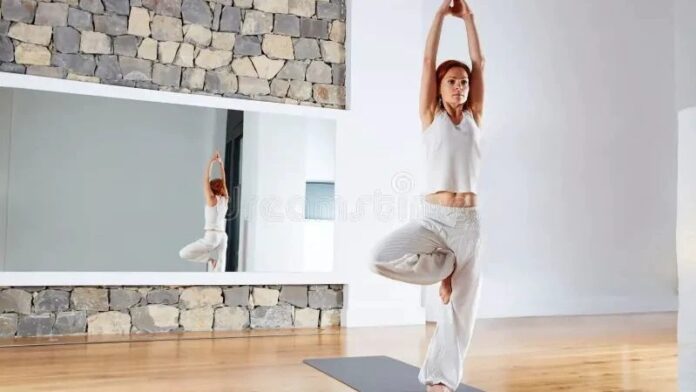The 10-second balance test is trending online, drawing attention to its potential link with longevity and overall health. This simple test, which involves balancing on one leg for ten seconds, has emerged as a notable indicator of physical well-being, especially among older adults.
Recent research suggests that the ability to perform this balancing test may provide insights into your long-term health prospects.
A 2022 study published in the British Journal of Sports Medicine highlights the test’s relevance. The paper notes that failing to complete the one-legged stand is associated with increased mortality risk over the next decade, independent of age, sex, and other health variables. This finding underscores the test’s potential as a predictive tool for longevity.
How does balancing on one leg relate to longevity?
Balancing on one leg requires significant coordination between the brain, muscles, and sensory systems. The brain integrates feedback from muscles, inner ears, and eyes to maintain stability. This coordination is crucial for overall body balance and can reflect broader health issues. Individuals who struggle with this balance test might face a higher risk of health problems and decreased lifespan.
Maintaining balance as you age
To counterbalance age-related declines in stability, regular practice of one-legged stands is recommended. Even if initial attempts are wobbly, consistent practice can enhance brain function and coordination. The brain’s ability to form new nerve connections can improve balance over time.
Exercises to boost balance
Sports and activities: Engage in balance-focused sports like surfing or skateboarding to challenge and improve your stability.
Strength training: Incorporate exercises such as squats and leg presses to strengthen your muscles and support better balance.
Yoga and Pilates: Yoga poses and Pilates routines are excellent for enhancing leg stability and overall body coordination.
Tai Chi and dancing: These activities promote balance and fluid movement, benefiting coordination and physical stability.Incorporating these practices into your routine can not only improve your balance but also contribute to better overall health and potentially increase your longevity.


